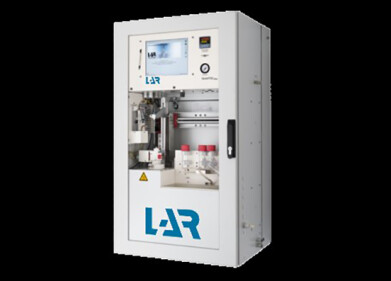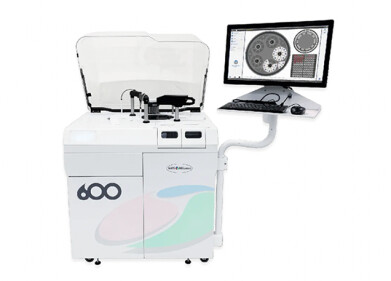Wastewater analysis
Are Micropollutants Degradable?
Jun 27 2022
Entering our environment from a large number of different sources, micropollutants are found in trace levels in all types of water sources, from surface water to underground aquifers to wastewater to drinking water. Although they are nominally harmless in such small concentrations, problems begin to arise when they bioaccumulate in the natural world.
This phenomenon occurs because many micropollutants are not biodegradable, meaning they do not break down easily. Eventually, this causes them to build up in the aforementioned water sources, destabilising the delicate balance found in natural ecosystems and negatively impacting the flora and fauna which reside there. Ultimately, they can also damage human health when they are allowed to reach concerning levels in drinking water sources.
Stubborn customers
Although it does not apply to all micropollutants, many of them are highly resilient and do not easily degrade in nature. Heavy metals, pharmaceuticals, hormones and industrial chemicals are just some of the substances which contribute to elevated levels of micropollutants in our water sources.
What’s more, many of these are regarded as emerging micropollutants (EMPs), which means that humans have only relatively recently discovered the potential for damage that they hold. As such, very little is known about them – and current wastewater treatment systems are insufficient to remove them from effluent streams. This means that even after filtration, many EMPs can still survive and enter the environment once more.
Advanced monitoring techniques have allowed us to understand more about wastewater pollution in general and the phenomenon of micropollutant resilience in particular. However, there is still a long way to go before we fully understand the effects of these substances – and discover the best methods of removing them from the environment.
Revamping wastewater treatment protocols
As mentioned above, conventional wastewater treatment plants cannot fully remove micropollutants from their effluent. The scientific community is conducting research into how individual micropollutants can be targeted and effective methods of degradation have been arrived at – but the sheer scale of the challenge is proving to be tricky to overcome.
That’s because there are approximately 100,000 organic chemicals in use across Europe today, with an additional 1,000 new substances entering the market each year. Each of these requires its own unique approach to monitoring concentrations and removing the micropollutant from the sample, which means that companies who wish to ensure their effluent is 100% free from micropollutants must install a variety of different systems.
That is, of course, extremely costly and unfeasible for the majority of companies operating today. Although some of the expense can be passed onto consumers, that isn’t an ideal outcome either, especially with the world staring down the barrel of another recession. What’s more, regulation on the issue is sadly lacking at the present time, though steps are being taken by bodies such as the EU to address that shortcoming.
Digital Edition
AET 29.2 May 2025
May 2025
Water / Wastewater- From Effluent to Excellence: Microbiological assessment of a containerized modular water reuse pilot system- Without water everything comes to a haltAir Monitoring- Probe Sampli...
View all digital editions
Events
Jun 17 2025 Guangzhou, China
Singapore International Water Week Spotlight 2025
Jun 23 2025 Singapore
Jun 24 2025 Santa Clara, CA, USA
Jun 25 2025 Sao Paulo, Brasil
Jun 28 2025 Albena, Bulgaria








.jpg)










